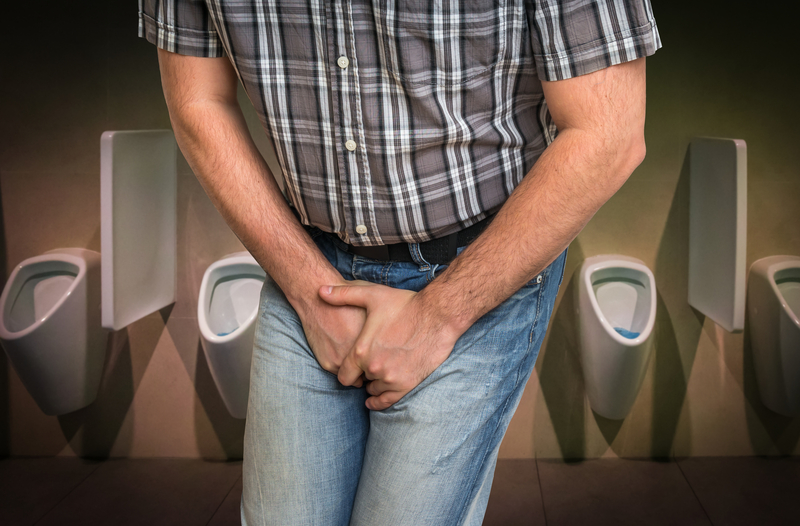
Urinary incontinence is a widespread problem in men, leading to involuntary urine loss. This condition is often associated with a strong urge to urinate and can, in many cases, lead to significant emotional exhaustion.
In Spain, it is estimated that approximately 7% of men between the ages of 50 and 60 are affected by urine loss. This number increases significantly with age. According to estimates by the Spanish Society of Rehabilitation and Physical Medicine (SERMEF), these figures are alarming.
In addition to age, one of the most common causes of urinary incontinence in men is previous prostate surgery, particularly in cases of prostate cancer where a radical prostatectomy was performed, according to experts from the Spanish Association of Urology.
An innovative and personalized device
The good news is that affected patients have access to a variety of devices that can alleviate both the physical and emotional effects of urine loss. Urologists at the AEU divide these devices into two groups.
This second section presents an innovative technique developed at the Vithas Madrid University Hospital. This method allows for the control of urinary incontinence in men using a special mesh that also allows for tension adjustment.
The Urology Department of this center has implanted the first mini-mesh that allows the tension of the urethra to be adjusted and readjusted at any time throughout the patient’s life.
Dr. Alberto Pérez-Lanzac, Head of Urology at the Arturo Soria Vithas Madrid University Hospital and the Vithas International Medical Center, explains: “Urine leakage is not normal at any age. This mesh allows for personalized control and offers the possibility of readjustment over the years.”
A simple technique with significant patient benefits
A key advantage of this mini-mesh is its suitability for all types of patients, regardless of whether their urinary incontinence is mild, moderate, or severe. Furthermore, it is implemented in three simple steps.
First, general anesthesia is administered for the procedure, during which the prosthesis is anchored without tension in the lower part of the urethra through the perineum. This allows for adjustment using a plunger above the pubic bone.
After the procedure, usually 24 to 48 hours later, the surgeon adjusts the tension of the mesh support. This phase of mesh manipulation is performed while the patient is standing, who must exert the effort that results in urine leakage until the urethra achieves the necessary consistency, explains the specialist. Although it may seem complex, this postoperative step is straightforward, and the patient can return home the same day.
The third step is performed if the patient experiences a recurrence of incontinence at a later date. This consists of readjusting the mesh through a minor procedure in which the specialist reconnects the mesh manipulator to return the tension to the support.
Dr. Pérez-Lanzac emphasizes: “This mesh is versatile and offers significant advantages over conventional devices. On the one hand, it exerts no pressure on the urethra and prevents urine leakage that can be caused by everyday gestures such as coughing or laughing. On the other hand, it allows for adjustment by providing the minimal urethral support needed without exerting excessive pressure to prevent urinary retention.”



